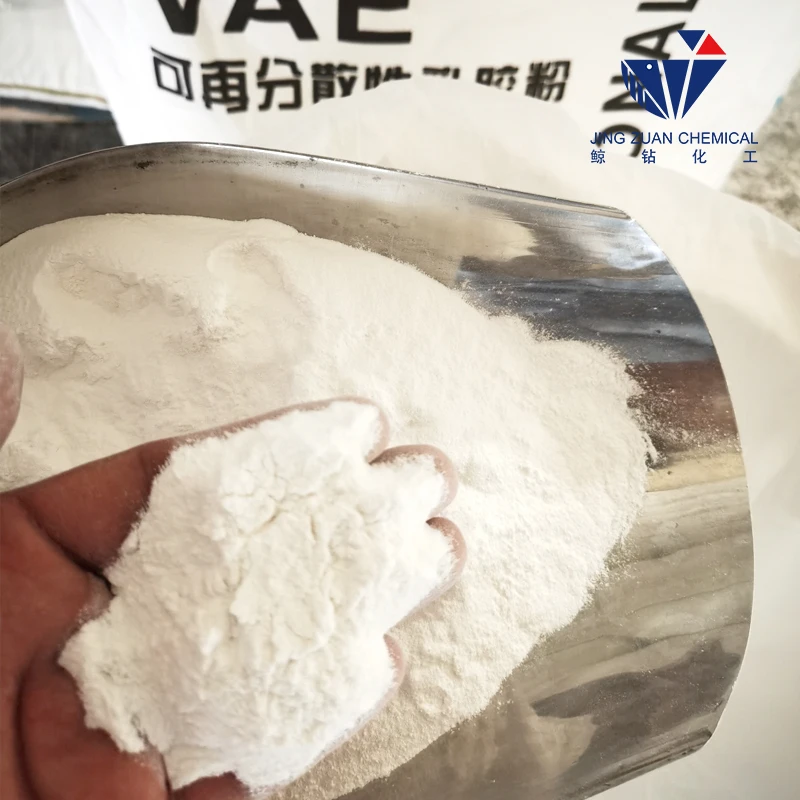
Dec . 05, 2024 14:03 Back to list
hpmc chemical
HPMC An Essential Polymer in Modern Applications
Hydroxypropyl Methylcellulose (HPMC) is a versatile and significant polymer that plays a crucial role in a variety of industries, including pharmaceuticals, food, cosmetics, and construction. As a non-ionic cellulose ether, HPMC is derived from natural cellulose through chemical modification, making it a widely accepted and safe ingredient in many applications.
Structure and Properties
HPMC is characterized by its unique chemical structure, which consists of hydroxypropyl and methyl groups that are substituted onto the cellulose backbone. This modification imparts diverse properties to HPMC. It is soluble in water, which makes it useful as a thickening agent, and it forms a gel in hot water, allowing for a variety of applications that require viscosity control. HPMC is also known for its excellent film-forming capabilities, making it an ideal material for coatings and films.
One of the most notable features of HPMC is its ability to provide controlled release of active ingredients, particularly in the pharmaceutical industry. Its viscosity and gel-forming properties allow for the design of drug delivery systems that can prolong the therapeutic effect of medications, thereby enhancing efficacy and patient compliance.
Role in Pharmaceuticals
In pharmaceutical formulations, HPMC is often used as a binder in tablets, a coating agent for sustained-release formulations, and a thickener in topical preparations. Its compatibility with a wide range of active ingredients ensures that it can be effectively integrated into various dosage forms. The versatility of HPMC allows pharmaceutical companies to customize formulations to meet specific therapeutic needs while maintaining stability and bioavailability.
Moreover, HPMC is also utilized in ophthalmic solutions and as a lubricant in eye drops. Its ability to retain moisture and form a protective barrier makes it particularly beneficial for treating dry eye conditions.
Applications in Food Industry
Beyond pharmaceuticals, HPMC has found extensive use in the food industry. It serves as a thickening agent, emulsifier, and stabilizer, enhancing the texture and mouthfeel of various food products. HPMC is commonly found in sauces, dressings, and dairy products, where it helps maintain consistency and prevents separation.
hpmc chemical

One of the advantages of using HPMC in food applications is its ability to provide a gluten-free alternative in baking. It mimics the properties of gluten, offering structure and chewiness to gluten-free products. This makes it a favored ingredient among manufacturers aiming to cater to the growing gluten-free market.
Impact on Personal Care Products
In the realm of cosmetics and personal care, HPMC is appreciated for its film-forming properties, which provide a smooth application and a matte finish to products. It is often used in lotions, creams, shampoos, and hair styling products. HPMC can improve the texture and spreadability of these formulations, making them more appealing to consumers.
Additionally, HPMC is considered to be a safe ingredient for topical applications, as it is non-toxic and non-irritating. This has further propelled its use in a variety of cosmetic formulations, including those designed for sensitive skin.
Construction and Other Uses
In the construction industry, HPMC is utilized in cement-based formulations such as plaster, tile adhesives, and grout. Its water-retaining properties help prevent premature drying of mixtures, thereby enhancing workability and adhesion. HPMC also contributes to the overall durability and strength of construction materials.
HPMC's multifunctional benefits across various sectors highlight its importance as a chemical compound. As industries continue to evolve and innovate, the demand for HPMC is likely to grow, driven by its versatility and functional properties.
Conclusion
In conclusion, Hydroxypropyl Methylcellulose is a crucial polymer that bridges multiple industries with its diverse functionalities. Its applications in pharmaceuticals, food processing, cosmetics, and construction underscore its significant role in modern technology and consumer products. As research and development in materials science advance, HPMC will undoubtedly remain a vital component in the formulation of innovative solutions for today’s complex challenges.
-
Versatile Hpmc Uses in Different Industries
NewsJun.19,2025
-
Redispersible Powder's Role in Enhancing Durability of Construction Products
NewsJun.19,2025
-
Hydroxyethyl Cellulose Applications Driving Green Industrial Processes
NewsJun.19,2025
-
Exploring Different Redispersible Polymer Powder
NewsJun.19,2025
-
Choosing the Right Mortar Bonding Agent
NewsJun.19,2025
-
Applications and Significance of China Hpmc in Modern Industries
NewsJun.19,2025







